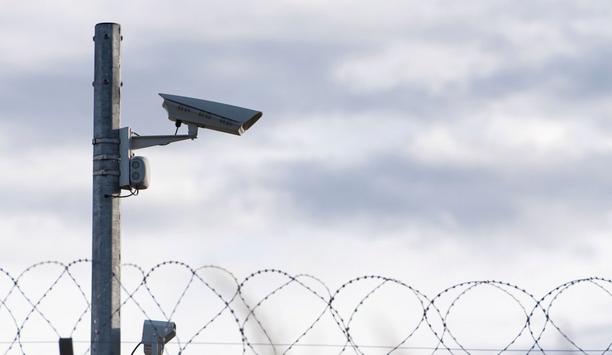Today a CCTV system is considered as an essential facility for any commercial or industrial area. For several decades analogue CCTV systems had a successful track record of securing assets. More recently, as digital technologies found their way into every corner of life, CCTV system suppliers have also changed their approach to solution design by adding IP systems to their product ranges. This has provided many new options but it has also generated many new considerations for customers trying to select the optimum CCTV system solution. The selection process has also not been helped by the polarisation between traditional security suppliers and the IT-based newcomers.
Pros and cons
Looking at analogue and digital systems from my standpoint in Geutebruck, a security company which embraced IT technology at a very early stage and which has developed exceptional expertise in the field, I see a variety of advantages and disadvantages for both technologies.
Analogue has in its favour that there is a very wide variety of equipment available and it is guaranteed compatible. Analogue systems deliver real time video and support latency-free pan/tilt operation. They achieve high reliability by using dedicated networks. Security industry professionals have much more experience in analogue than in IP. But on the down side, analogue has limited flexibility after installation and limited potential for expansion. The rates of innovation and improvement are also low.
Pure digital systems offer considerable advantages as a result of their greater flexibility and their ability to operate with higher picture resolution. They are also easy to install and offer high levels of innovation. However, the non-compatibility and complexity encountered when integrating different types of equipment and systems present difficulties in using this technology. Besides this, there is the practical consideration that there is still a general lack of competence and experience in this technology in the industry.
 |
| Hybrid systems can be flexible, future-proof and enable the selection of the most reliable elements and proven technologies |
If you want to protect high-risk areas and valuable assets, then it makes sense to combine the advantages of both technologies and to choose a hybrid system. In my experience, hybrid systems are usually the best available solution to complex security problems. They are very flexible, future proof and enable the selection of the most reliable elements and proven technologies.
Rather than be distracted by the technical arguments for one CCTV technology or another, it is important that you, the user, focus on what you want your system to do. The whole idea of modern video systems is that they should provide just the right information at just the right moment. Achieving this critical task is not just dependent on good system planning but on the accurate definition of the user's needs and then the application of the appropriate selection criteria to fulfil them. Finding the best system involves using both ‘hard' functional criteria and ‘soft' selection criteria.
In planning a hybrid CCTV system involving both analogue and digital elements, the main ‘hard' considerations should focus on features such as bandwidth management, scalability, compatibility with different IP cameras, easy and transparent operation, provision of a transparent and homogeneous setup, effective picture analysis options, open and documented interfaces, as well as the robustness and stability of the system.
In the ‘soft' category come selection criteria such as: the continuity and stability of the supplier, the quality of the consulting service offered, issues of trust and reliability, the reliability and compatibility of the products, the potential for expanding and making system enhancements at a later date, and the support structure which is available.
Legacy and longevity
A hybrid system should still give operators and administrators uniform interfaces with the same ease of use, look and feel, whatever the technology behind them. A well-designed and implemented system can combine legacy equipment with innovation, deliver top performance and flexibility, and provide a smooth cost-efficient migration route to pure IP.












